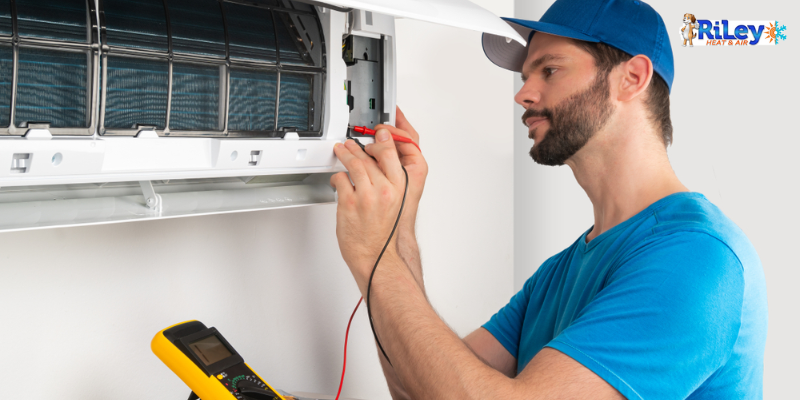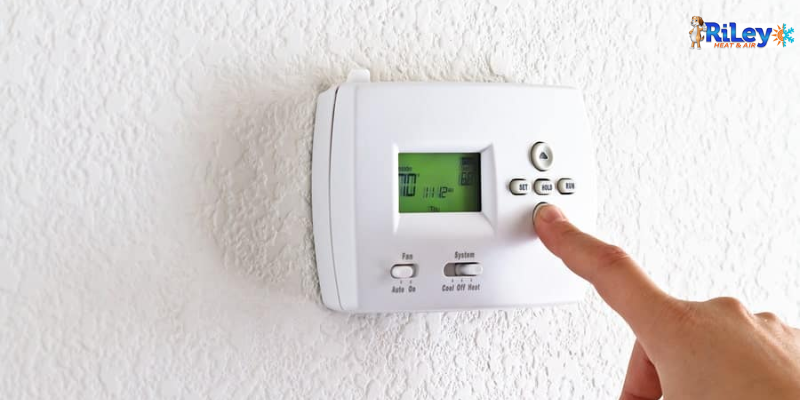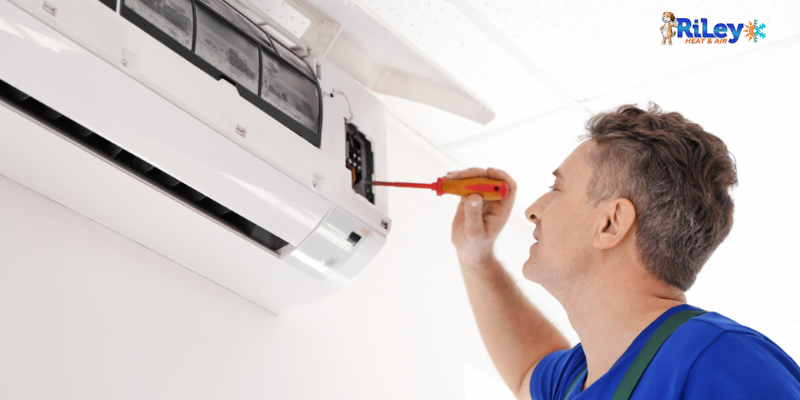
Steps included in AC maintenance
An air conditioner has evolved over the years; now, it is an essential part of a home or office. A good, working air conditioner can purify and produce clean air in the house for you and your family.
An HVAC system has several components that work together, and the equipment requires maintenance. In addition, constant usage of the AC requires periodic servicing to ensure proper functioning.
Several things can go wrong in the air conditioner due to constant usage, and if it is not maintained or repaired in case of damage, it can result in bigger problems that will be more expensive.
Instead of wasting money on repairs, scheduling an appointment for maintenance will help you get the most out of your AC system.
The first meeting with an AC service technician for maintenance will aid the technician in finding out the basics about your AC system and knowing the problem. This will also help the technician know what tools to bring when coming for maintenance.
Below are steps included in AC maintenance by professionals. This will help inform you of what you should do and expect from air conditioning service maintenance. steps included in AC maintenance
1. To switch off power to the AC system

To reduce damage to delicate parts and avoid accidents during servicing, switching off the electrical power to the AC system is advisable.
Switching off the power to the AC system can be done differently; it depends on how your AC is installed. It can be by flipping a switch, disconnecting the power source completely, or finding the capacitor.
A professional or technician trained to repair and maintain the air conditioner should switch off the power to the AC system.
In some cases, the technician is advised to contact the manufacturer of the AC system for directions. This is because how the components are structured varies.
2. Clean and lubricate the bearings

The condenser fan found outdoors can be the starting point for the technician. The fan can be found close to the condenser coil, which varies depending on the AC system type. The condenser fan is usually kept outside to exhaust and blow the air from the house.
The condenser fan is most likely dirty because it is an external component. After the technician carefully removes the nuts with a screw, he can successfully use a brush or dust rag to clean the accumulated dirt in the fan.
Furthermore, the technician can loosen the fan and check if the motor or fan components need oiling. If necessary, he can moderately lubricate the fan motor.
3. Properly wash the condenser coils and fins
The unique attribute of this outdoor AC unit is that the condenser coil is behind the outward-facing grill. Its primary job is to circulate the warm air from the house through the condenser fan that blows it out.
The condenser coil works best when the surface is clean and not dusty. Unfortunately, accumulated dirt and dust pose a serious problem for this equipment. The technician should remove the coil guard to have direct access to the condenser coil; this depends largely on the type of AC unit.
The technician will carefully and professionally clean the condenser coil surface with a garden hose regulated to the smallest pressure because the fragile fins in front of the coils can become easily damaged. If the technician finds out the fins are damaged, they should be repaired or replaced as required.
4. If necessary, add more refrigerant
This is a very important step in the maintenance process. The refrigerant in the air conditioner helps circulate and keep the house cool, which is continuously done through the indoor and outdoor units to keep the house cool. The refrigerant can be damaged, or it can leak. When this happens, the house's air and cooling quality will be poor and low.
The maintenance should be done by a technician who is trained to do it. If necessary, he will open the suction line and then use a pressure gauge to check the level before topping.
As a result, the refrigerants included with the air conditioning system are intended to last as long as the AC system, but issues such as leakage can cause otherwise. Clean and change the indoor filter if required.
Changing the air filter requires the technician to open up the indoor unit. Usually, the dust and accumulated dirt are trapped by the air conditioner filter before they circulate in your home. This air filter aids in the circulation of good air quality and keeps the home clean. It is important to know that there are different types of AC filters.
Your technician will identify the AC filter you use and clean it accordingly. In cases where it needs to be replaced, your technician will install a new filter. Hence, it needs to be cleaned and washed; your technician will also let you know and properly clean the debris and dust in the filter.
It is recommended that you clean your ac filters regularly; a clogged air filter will impede the smooth flow of air into and out of your air conditioner, affecting how the air conditioner functions.
5. Air duct servicing
The air duct is one of the most important parts of an air conditioning system. Therefore, air duct cleaning is essential during AC maintenance.
You can schedule an air duct cleaning service periodically, as this will aid the performance of the AC system.
During the air duct cleaning, your technician may use special and necessary tools to clean the air duct properly. Also, suppose your technician discovers that your air conditioning system is usually blocked with dust and debris. Maintenance is required to clean the duct and prevent it from sucking in debris and more dirt particles.
Conclusion
To prolong the lifespan and performance of the air conditioner, AC maintenance is essential and necessary.
Regular maintenance on air conditioners should be performed by qualified professionals. This is due to the fact that they have the necessary resources, expertise, and knowledge.
Make an appointment with a 24-hour AC repair and service business in case of an emergency to avoid wasting money on pricey repairs. It's also a good idea to think about a nearby air conditioner repair company.







COMMENTS